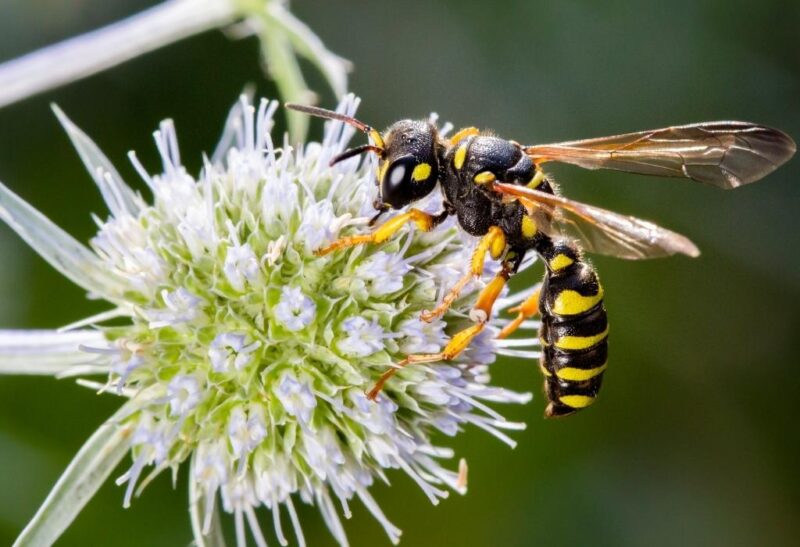There’s no denying that there’s a similarity between bees and wasps. Both have wings and black and yellow bodies and are known to sting when aggravated. But if you give them a closer look, you’ll see that they are quite different from each other. And this article will explore their many differences.
Bees have rounded bullet-like bodies that are covered in bristle-like hair. In contrast, wasps have larger and longer bodies with visibly less hair. In terms of their temperament, bees are known to be docile, while wasps tend to be aggressive.
Interestingly, bees and wasps both belong to the same insect family. This is the reason why people often get them mixed up. If you want to know more about these two insects, continue reading to learn all about bees and wasps.
Table of Contents
How Can You Tell a Bee From a Wasp?
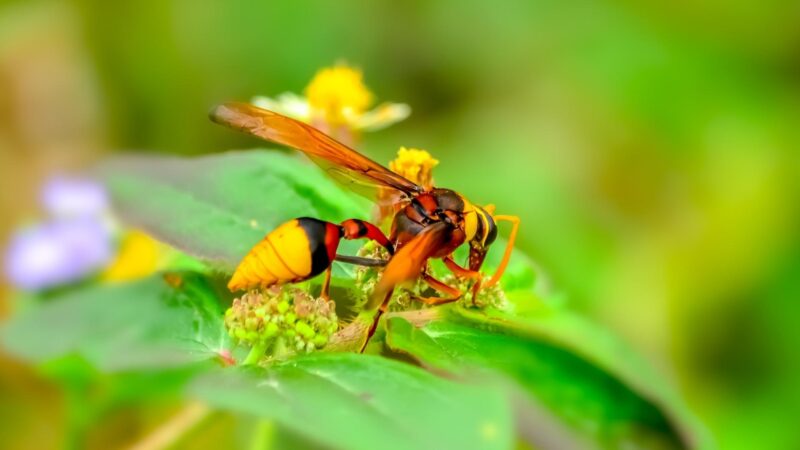
In general, wasps are bigger, longer, and less hairy than bees. This makes it easy to tell them apart when they’re being observed side-by-side. However, it may be confusing when you’re observing a single bee or wasp.
To make it easier for you to tell the difference between a bee from a wasp, here is a table for easy visualization:
| Bee | Wasp | |
| Length | 0.08 to 1.6 inches | 0.5 to 1.8 inches |
| Body Shape | Plump and rounded | Long and slender |
| Color | Black with yellow stripes | Black with yellow stripes |
| Hair | Bristle-like hair all over body and legs | Less hair all over body |
| Stinger | Generally smooth, except for the barbed stinger of the honeybee | Smooth |
| Temperament | Generally docile towards humans | Aggressive |
Are Bees Related to Wasps?
Bees are related to wasps. Both of these insects belong to the Hymenoptera family of insects, which is characterized by two pairs of wings and an ovipositor that also serves as a stinger. Insects from this family also have a pair of large compound eyes along with three smaller eyes called ocelli.
What Is a Bee?

A bee is a winged insect that’s best known for its plump fuzzy bodies and role in pollinating flowers. Bees have a reputation for their nasty stings, although they only do so when they feel threatened or aggravated. Bees are also known for producing honey, although not all bee species make honey.
Types
There are around 16,000 known bee species in the world. Among these bee species, the most common ones include honey bees, bumblebees, carpenter bees, mason bees, and stingless bees.
- Honey Bees. As the name implies, honey bees are the biggest producers of honey among the bee species. Honey bees have a hairy upper half of their bodies, with eyes that also seem to have bristle-like hair. Interestingly, honey bees have a barbed stinger, causing part of their abdomen to detach from the body when it stings an enemy.
- Bumblebees. Bumblebees are the fuzzy plump bees you would often see. Unlike honey bees, they have smooth stingers, allowing them to sting enemies multiple times. While bumblebees can produce honey, they only produce enough for their colony’s consumption.
- Carpenter Bees. Carpenter bees are so named because of their habit of drilling into the wood to create their nests. These solitary bees belong to the Xylocopinae bee family that does not produce honey.
- Mason Bees. Mason bees are quite distinctive because they have dark-colored bodies with only their legs and lower abdomen covered in yellow hair. Their name is derived from the fact that they prefer to use mud in building their nests.
- Stingless Bees. Another popular bee type is stingless bees. Contrary to popular belief, stingless bees do have stingers – but these are often too short to puncture your skin. Stingless bees are also considered honey producers, with studies even showing that their honey has antimicrobial, anti-diabetic, and anti-inflammatory properties.
Common Characteristics
Despite the different types of bees, all of them share some common characteristics. All bees have two pairs of wings, a pair of main large eyes, three ocelli, and hair-covered bodies – although some may appear fuzzier than others.
Bees also have hair on their legs, which helps collect and distribute pollen. That’s why bees are considered excellent pollinators.
Habitat
Bees thrive in areas where they can have access to their primary food source – nectar and pollen. With that said, their natural habitat includes meadows, gardens, woodlands, and similar areas surrounded by flowers.
What Is a Wasp?
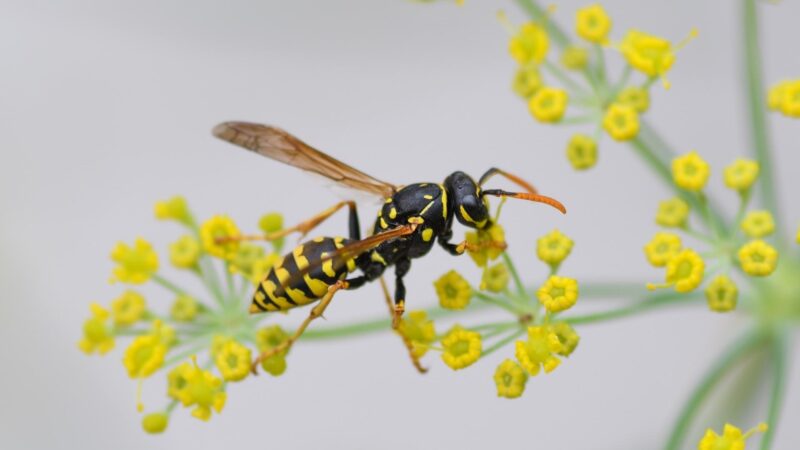
Wasps are another winged insect species belonging to the Hymenoptera family. While wasps also pollinate flowers, most of them are considered predatory owing to their aggressive temperament. Because of this, wasps also play a role in getting rid of common garden pests.
Types
As of date, there are around 100,000 known species of wasps. Among these species, the most common include the yellowjackets, paper wasps, and hornets.
- Yellowjackets. Yellowjackets are among the most aggressive of the wasp species. They have black and bright yellow markings all over their body, which is why they are often mistaken for bees. These wasps are known for their predatory nature, often feeding on smaller insects.
- Paper wasps. Paper wasps are so named because they create nests from wood fibers mixed with their saliva. These wasps prefer to prey on garden pests like flies and beetles.
- Hornets. Hornets are among the larger wasp species, often growing to around 2.2 inches long. They share similar black and yellow markings with yellowjackets, although they are visibly larger.
Common Characteristics
Regardless of the impressive number of wasp subspecies, they still share common characteristics. This includes having two pairs of wings, six legs, and smooth and slender bodies. They also share aggressive predatory behavior across their many subspecies.
Habitat
Wasps are known to live and thrive almost anywhere as long as there’s food available. This includes woodlands, orchards, and meadows. Some have even adjusted to urban settings, especially if there’s a garden nearby. Interestingly, wasps build their nests in hidden areas, such as underneath dilapidated staircases, hollow trees, and even underground.
Are Wasps as Important as Bees?
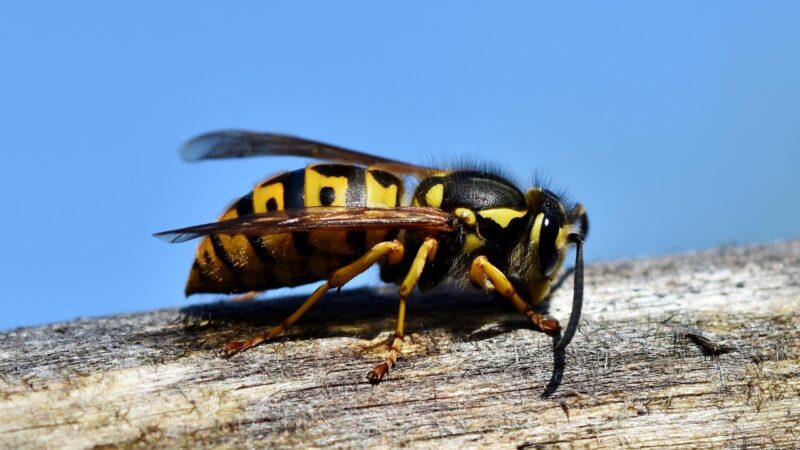
Wasps are as important as bees. While wasps have developed a negative reputation because of their aggressive nature, they are also valued members of the ecosystem.
Bees are excellent pollinators. That is why they play an important role in the environment. On the other hand, wasps also pollinate flowers, although not as many as bees. Their major role in the ecosystem lies in their predatory nature – since they help get rid of pests on growing crops and vegetation.
Do Wasps Make Honey Like Bees?
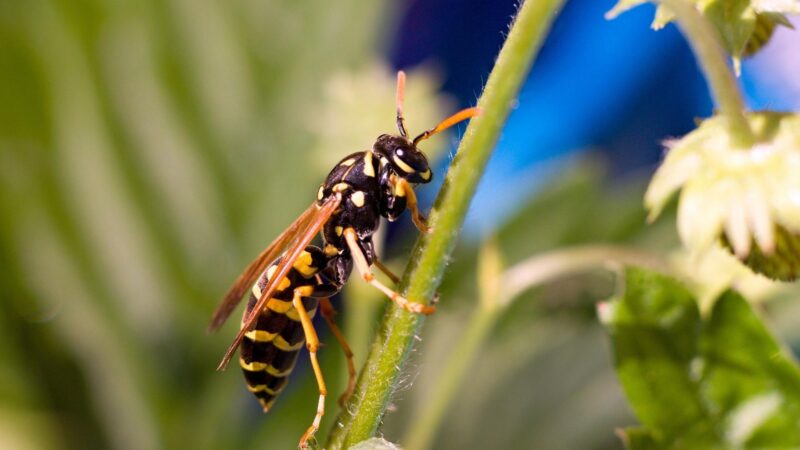
In general, a majority of wasp species do not produce honey. However, some wasp species are capable of producing honey, such as the Mexican Honey Wasp. But even then, honey wasps do not produce as much honey as honey bees.
Related: Do All Bees Make Honey? | All You Need to Know!
Are Bee Stings Worse Than Wasps?
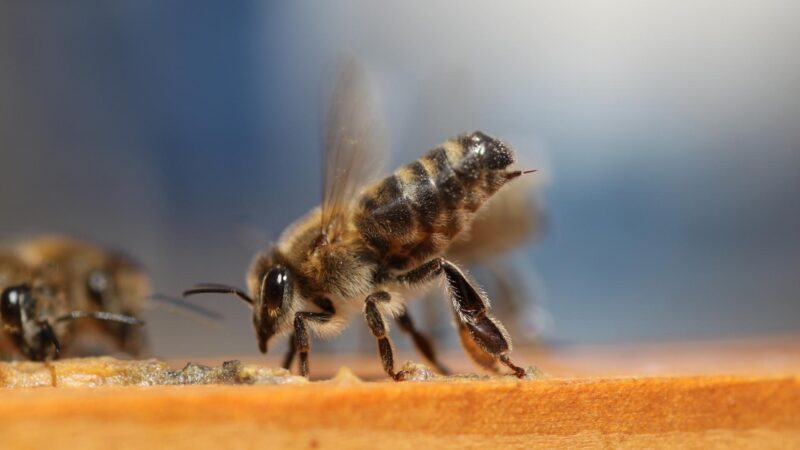
In general, wasp stings are more painful than bee stings. Studies reveal that wasp stings can reach a scale of 4 on the Schmidt Scale, while bee stings reach a maximum of 2.5 on the Schmidt Scale.
However, it must be noted that bee venom and wasp venom contain different sets of allergens. As a result, some may suffer from an allergic reaction to bee venom while being unaffected by wasp venom, and vice versa.
| Bee Sting | Wasp Sting | |
| Allergen | Phospholipase A2, melittin, and hyaluronidases | Antigen 5 and hyaluronidases |
| Pain (Schmidt Scale) | 0.5 to 2.5 | 0.5 to 4 |
| Appearance | Pinkish to reddish welt with a tiny white spot at the sting site | Pinkish to reddish welt with a tiny white spot at the sting site |
| Number of Stings | Multiple, except honey bees | Multiple |
| Swelling | Up to 48 hours | Up to 48 hours |
| Discoloration | Lasts around 3 to 7 days | Lasts around 3 to 7 days |
Do Wasps Kill Bees?
Some wasp species attack and can even kill bees. This can be quite surprising, especially since they come from the same insect family.
Interestingly, it has been observed that several yellowjacket and hornet subspecies do attack bees. They do so either to take their honey or to prey on their larvae.
What Eats Bees and Wasps?
- Robber flies. Robber flies are notorious for being predators of bees and wasps. These insects attack and kill their prey by injecting them with paralyzing neurotoxins.
- Dragonflies. Dragonflies are carnivorous insects known to feast on smaller insects such as bees and wasps.
- Praying mantis. Like dragonflies, praying mantises are carnivorous insects. They largely prey on smaller insects like bees and wasps.
- Garden spiders. Garden spiders eat a variety of insects. But if an unlucky wasp or bee gets trapped in its web, a garden spider won’t hesitate to devour it.
- Birds. A variety of bird species are also known to prey on bees and wasps. Specifically, honey buzzards, purple martins, and tanagers enjoy feeding on these insects.
How to Get Rid of Bees and Wasps?
While bees and wasps play an important role in the environment, they can be quite troublesome if they establish a hive near your home. This is especially true if they become too aggressive whenever you’re tending to your garden.
In any case, the best way to get rid of bees and wasps is to ensure that no harm will fall upon them. Here are some of the safest ways to get rid of these winged insects:
- Vinegar and water. Both bees and wasps are naturally attracted to sweet sugary scents. In contrast, they are repelled by pungent sour-smelling scents, like vinegar. If you often find them on your porch or patio, you can spray the area with vinegar diluted in some water to drive them away.
- Peppermint. Peppermint is known to drive a variety of insects away, which includes bees and wasps. You can plant peppermint in your garden to keep them from going near your flowers. Alternatively, you can dilute a few drops of peppermint oil in water and spray it on the bee, wasp, hive, or nest.
- Contact a professional. If you’re already facing an infestation, it’s best to call your local beekeeper – or pest control services in case of wasps. These professionals have the equipment to get rid of bees and wasps with little to no harm to you and these insects.
What to Use to Keep Bees and Wasps Away?
- Mothballs. Mothballs release a scent that bees and wasps seem to dislike. Just place a few mothballs around our garden or near entrances to your home, and these insects won’t even bother to go near them.
- Citronella. Citronella is a popular insect repellant, and the same is true for bees and wasps. The scent of citronella is strong enough to mask the sweet scents of flowers, so bees and wasps don’t go looking in your garden.
- Brown paper bags shaped like hives. Alternatively, you can make bees and wasps believe that there’s already a hive nearby, so they won’t go looking for food nearby. These insects are highly territorial and would also respect the territories previously established. Thus, you can keep them away by filling a brown paper bag with air, twisting the top, and hanging it near your home to make it look like a hive.
Bees and wasps both belong to the Hymenoptera family of insects, but they are not completely alike. Aside from the bigger size of wasps, bees also have hairy bodies that help collect pollen.
Wasps are also more prone to attacking small insects. But regardless of their differences, they both contribute to a balanced ecology – with bees being pollinators and wasps getting rid of garden pests.
List of Sources
Pimentel, T. C., et al. (2022). Stingless bee honey: An overview of health benefits and main market challenges. Journal of food biochemistry.
Ewan P. W. (1998). Venom allergy. BMJ (Clinical research ed.).
Finn, E. M. (2018). Robber flies. University of Florida.
Wright, R., Mulder, P., Reed, H. (2016). Honey Bees, Bumble Bees, Carpenter Bees and Sweat Bees. Oklahoma State University.
Hahn, J., Jesse, L., Liesch, P. (2020). Wasps and bees. University of Minnesota Extension.
